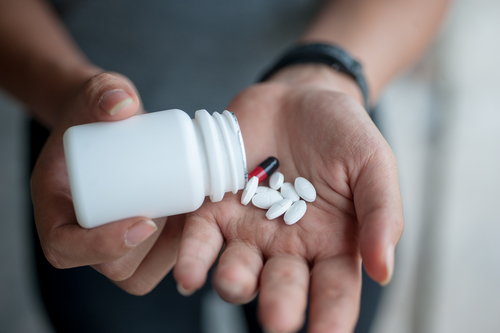
Johns Hopkins Medicine asserts, “substance abuse is the medical term used to describe a pattern of using a substance (drug) that causes significant problems or distress.” Every individual is different, and each person will react distinctly when foreign substances are introduced to his or her system. The way an individual processes drugs and/ or alcohol will depend on a variety of factors. These can include, but are not limited to: the type of substance ingested, the personal health history of the individual, the individual’s metabolism, if a mixture of substances is ingested, the presence of any co morbid disorders, and more. Some individuals will innately have an increased tolerance to substances, while others may not (e.g. those known as “light-weights” when it comes to drinking alcohol). When individuals abuse substances in a social setting this can lead to dangerous consequences, as some individuals may be unable to “keep up” with others and could be at increased risk for overdose.
What Constitutes Substance Abuse?
There are a variety of ways an individual could abuse substances. Some examples of substance abuse are as follows:
- Habitually engages in illegal substance use
- Taking legal medications in a way other than prescribed
- Snorting pills that were intended to be swallowed
- Increasing the frequency of ingestion
- Increasing the amount of pills ingested
- Taking the medication for a longer duration than prescribed
- Mixing the medication with other substances (e.g. taking medication while drinking alcohol)
- Taking medications that were prescribed to another individual
- Drinking alcohol excessively, which according to the Centers for Disease Control and Prevention (CDC) includes males drinking more than five standard alcoholic drinks within a two-hour period and females drinking more than four standard alcoholic beverages within a two-hour window.
- One standard drink as provided by National Institute on Alcohol Abuse and Alcoholism to be:
- 12 ounces of regular beer (5% alcohol content)
- 8 – 9 ounces of malt liquor (7% alcohol content)
- 5 ounces of unfortified wine (12% alcohol content)
- 1.5 ounces of 80-proof hard liquor (40% alcohol content)
- One standard drink as provided by National Institute on Alcohol Abuse and Alcoholism to be:
When an individual engages in habitual substance abuse, he or she is at increased risk for developing substance use disorder. Substance use disorder, also known as addiction, is listed in the Diagnostic and Statistical Manual of Mental Disorders, Fifth Edition (DSM-5) as a chronic brain disorder. It is characterized by compulsively engaging in rewarding stimuli without regard for consequence. Individuals that struggle with addiction will prioritize satisfying drug cravings above all else. This can lead to detrimental consequences affecting all areas of one’s life.
Most Commonly Abused Substances
There are a variety of both legal and illicit substances that are frequently abused. The substances that are most often abused, according to the National Institute on Drug Abuse (NIH) include the following:
- Marijuana
- Alcohol
- Methamphetamines
- Cocaine
- Hallucinogens
- Inhalants
- Opiates
- Prescription medicines (e.g. stimulants, anxiety medication, pain pills, etc.)
It is important to note that even individuals with a valid medical prescription for certain controlled substance medications could end up abusing the medication if it is not taken exactly as prescribed.
Disclaimer:
The information above is provided for the use of informational purposes only. The above content is not to be substituted for professional advice, diagnosis, or treatment, as in no way is it intended as an attempt to practice medicine, give specific medical advice, including, without limitation, advice concerning the topic of mental health. As such, please do not use any material provided above as a means to disregard professional advice or delay seeking treatment.
